Nine Beautiful Bookeries of the World
People were stupid, sometimes. They thought the Library was a dangerous place because of all the magical books, which was true enough, but what made it really one of the most dangerous places there could ever be was the simple fact that it was a library.
Terry Pratchett, Guards! Guards!
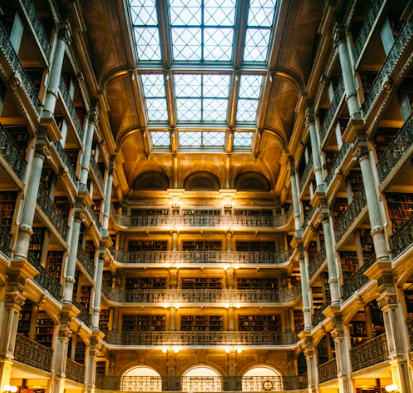
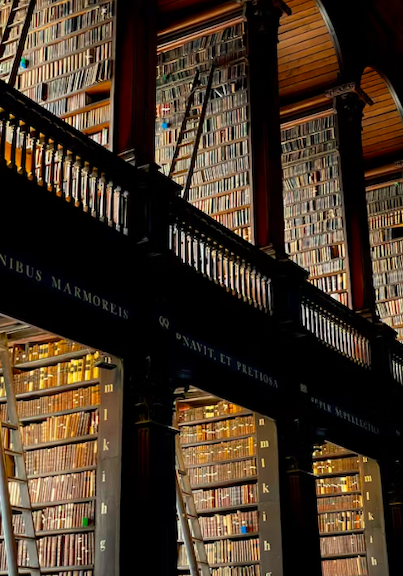
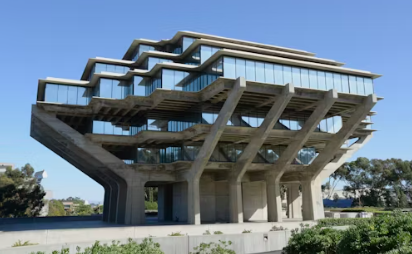
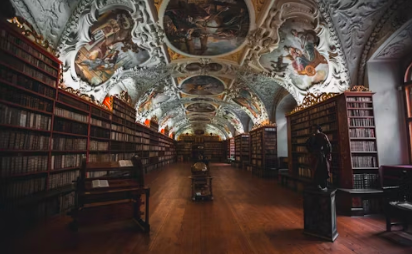
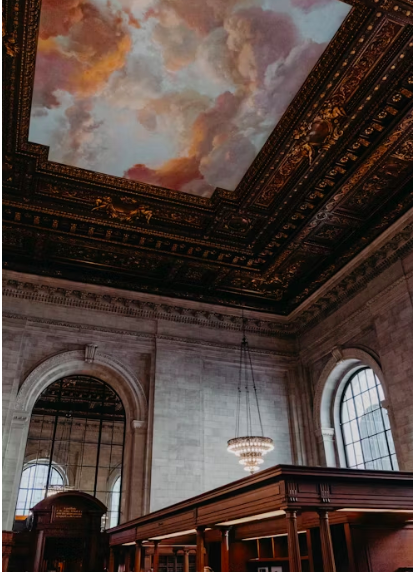
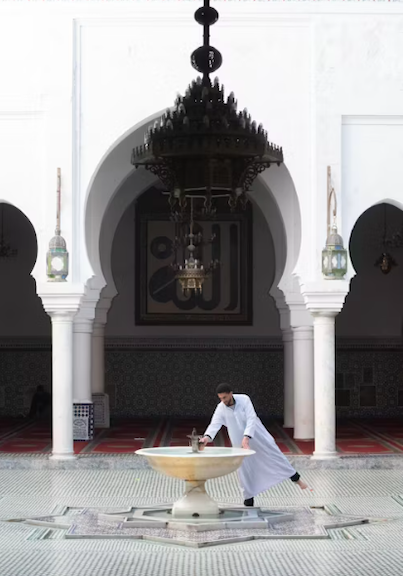
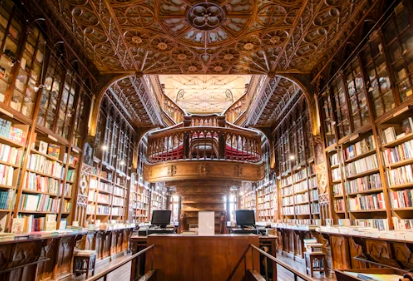
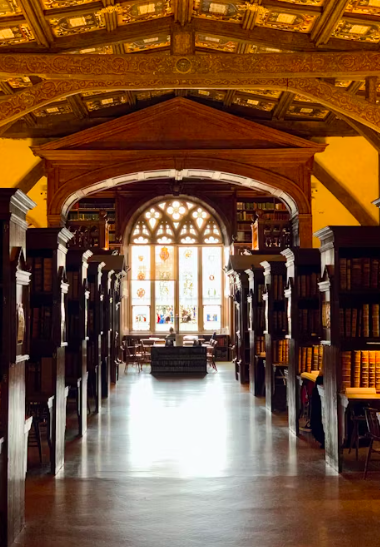
A longer version of this list was created by James Lucas for CLT’s account on X (formerly Twitter). It has been cross-posted with changes.
If you enjoyed this piece, and would like to see more on our list of people who might fill these shelves, check out our bios of Thucydides, Julius Cæsar, St. Athanasius, Hugh of St. Victor, John Donne, Anna Julia Cooper, and Ernest Hemingway.
Published on 13th August, 2024. Page image of the Abbey Library of St. Gall (source), a UNESCO-designated World Heritage Site; the collection is one of the oldest libraries in the world, dating originally to 937, and is located in Sankt Gallen, Switzerland (formerly a Carolingian-era Benedictine monastery).